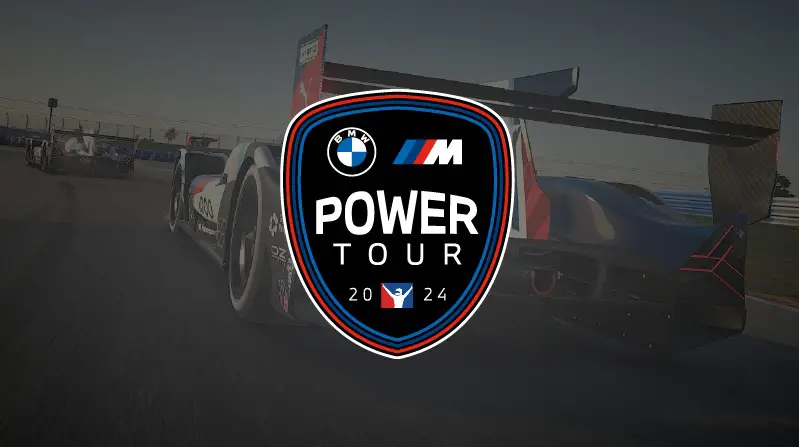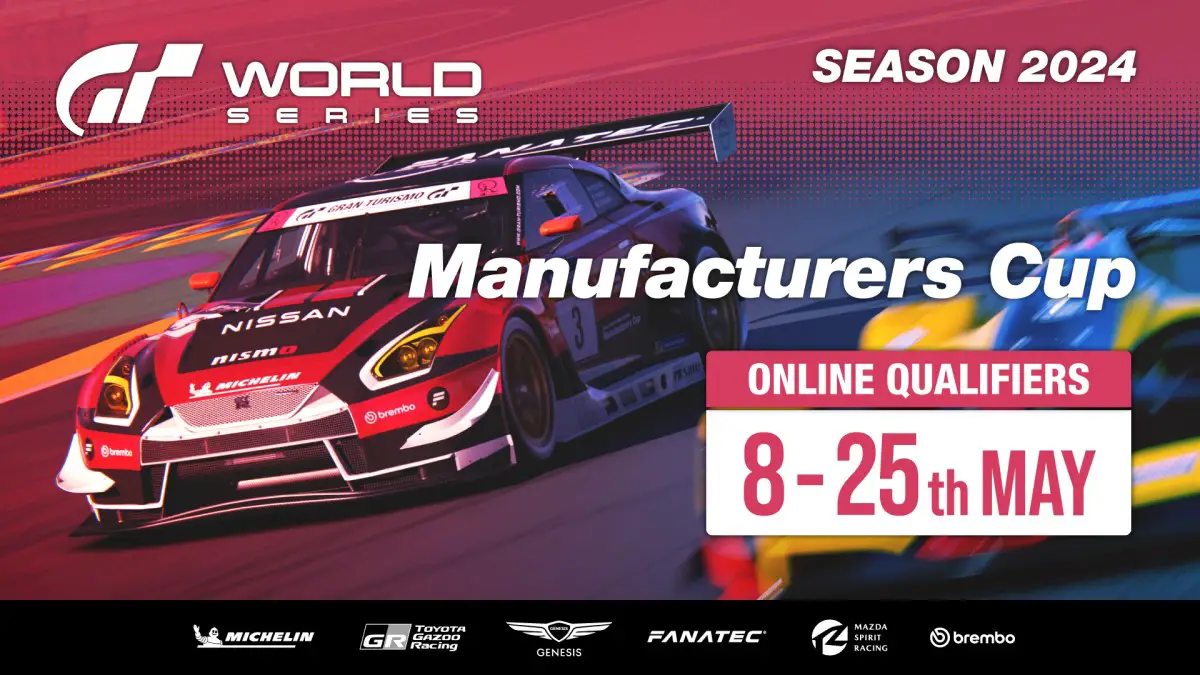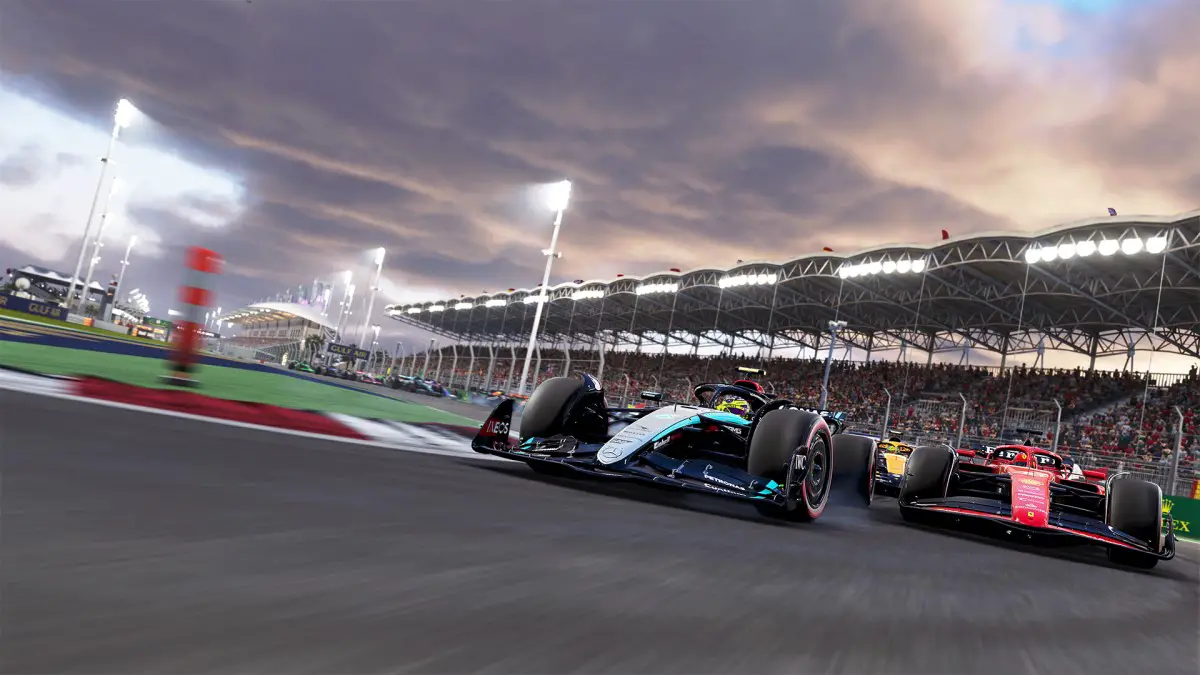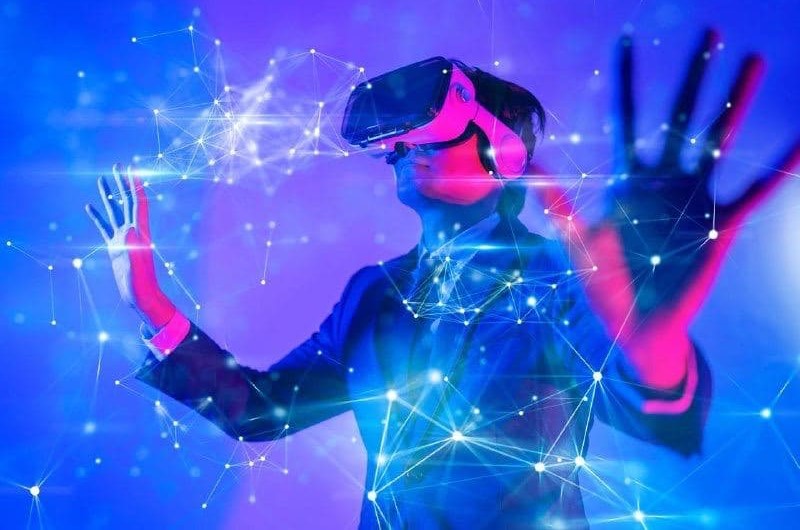
The world of virtual reality has brought virtual racing to the forefront of technology with impressive development.
Virtual racing has become a significant pursuit for both professional drivers and gaming enthusiasts, going beyond being just a hobby. Technology has played a major role in driving this transformation and it has allowed for the development of highly realistic virtual racing experiences that make it difficult to distinguish between the digital and real worlds.
Technology plays a crucial role in creating realistic virtual racing experiences, with advanced physics engines, state-of-the-art VR systems, and motion simulators leading the way. In fact, VR racing has come a long way and it has even reached a point where you can wear your VR headset and play online games. You can even wager on virtual racing and other e-sport markets by using this online sport betting nz platform.
With virtual racing, one of the main pillars of realism is the advancement of physics engines. By taking into consideration variables like weight distribution, tyre grip, suspension behaviour, and aerodynamics, these engines replicate the complex dynamics of a race vehicle. The end product is a virtual car that acts astonishingly like its real-world equivalent, giving users the ability to experience various terrains and situations.
By giving the player physical signals, force feedback technology enhances realism even more. Rim grip, road surface, and even crashes are all represented by top-notch racing wheels with force feedback devices. Force feedback stimulates additional senses and gives the virtual racing environment a more tactile feel as players manoeuvre around obstacles and encounter different degrees of resistance.
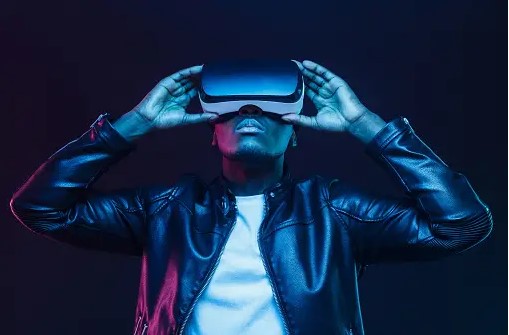
Virtual Reality has become a game-changer in creating realistic experiences because gamers can experience being in the driver’s seat of a racing game by wearing a VR headset. They will feel like they are surrounded by a realistic three-dimensional racing environment in all directions. This technology enables players to accurately judge distances, perceive depth, and gauge speed with an exceptional level of accuracy. Virtual reality enhances the racing experience by providing a realistic sensory immersion that connects the physical and digital worlds.
Motion simulators enhance the pursuit of realism by recreating the physical sensations of driving. The machines are designed to move, tilt, and vibrate based on actions in the game, giving players a realistic feeling of speed, slowing down and sideways movement. The synchronisation of visual, auditory, and kinaesthetic cues allows players to experience a high level of immersion, making them feel every bump, turn, and shift as if they were actually on a real racecourse.





